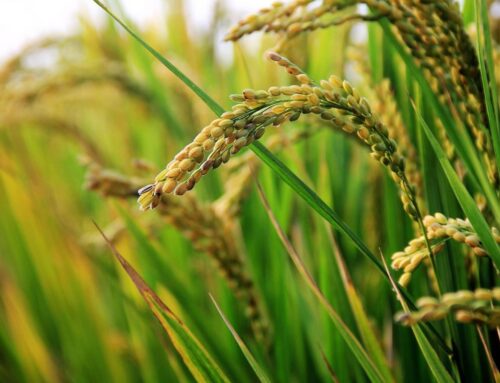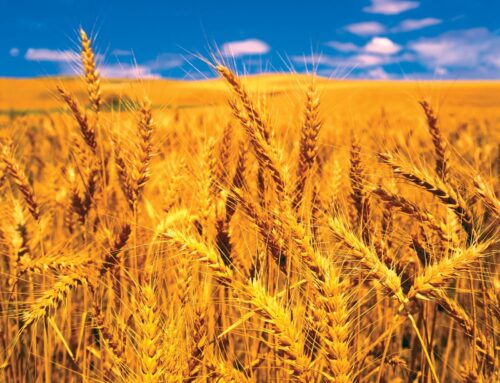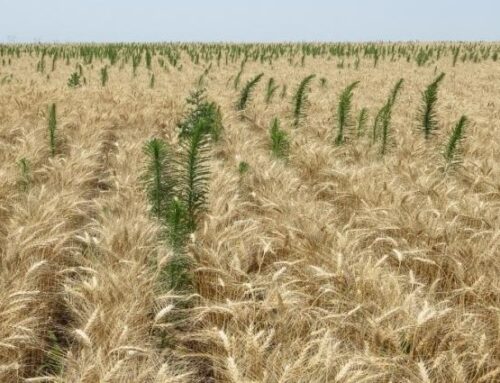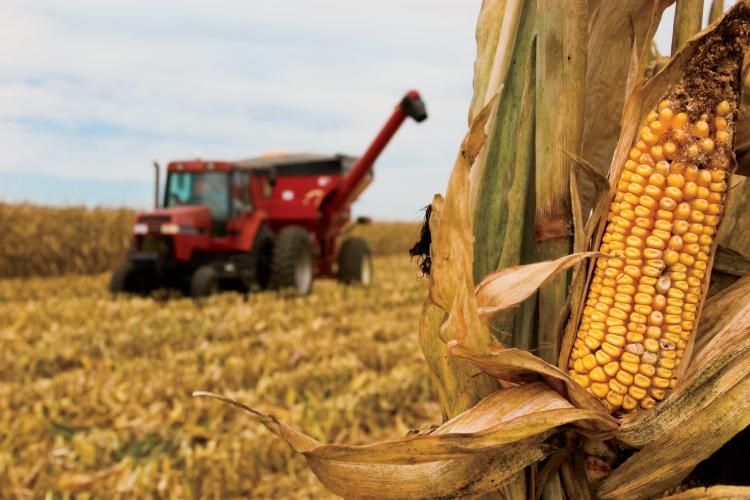
Sulfur (S) and micronutrients are cracking the familiar fertility façade of nitrogen (N), phosphorous (P), and potassium (K) for corn these days. So should you apply them?
In the case of sulfur, maybe. At last November’s North Central Extension Soil Fertility Conference in Des Moines, Iowa, Dave Franzen, North Dakota State University Extension soil specialist, reported on S trials across the Midwest.
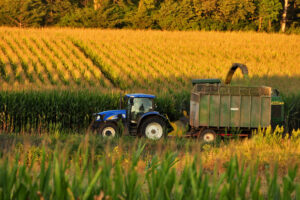 Sulfur applications triggered a mean yield increase of 38 bushels per acre and yield increases in five of six Iowa sites in a 2006 Iowa State University (ISU) trial. Subsequent 2007 and 2008 tests aimed at the main soil types of north-central Iowa showed S applications boosted corn yields at 17 of 20 sites in 2007 and 11 of 25 sites in 2008. Yield increases averaged about 15 bushels per acre in fine-textured sites and 28 bushels per acre in coarse-textured soils. Between 2006 and 2013, 47% of ISU’s S rate trials had yield increases.
Sulfur applications triggered a mean yield increase of 38 bushels per acre and yield increases in five of six Iowa sites in a 2006 Iowa State University (ISU) trial. Subsequent 2007 and 2008 tests aimed at the main soil types of north-central Iowa showed S applications boosted corn yields at 17 of 20 sites in 2007 and 11 of 25 sites in 2008. Yield increases averaged about 15 bushels per acre in fine-textured sites and 28 bushels per acre in coarse-textured soils. Between 2006 and 2013, 47% of ISU’s S rate trials had yield increases.
In other areas, though, S applications have mixed results. In Minnesota, S has been recommended for corn grown on sandy and low organic matter soils for many years. Corn yield increases have occurred in loamy and silt loam soils from S applications, but not on silty clay loam textured soils in more recent University of Minnesota tests.
On soils prone to S deficiencies, fertilizer containing sulfate or thiosulfate work. However the best natural solution is the addition of Calcium Sulfate by adding Anhydrite Gypsum or Dihydrate Gypsum.
Yield responses from micronutrients like zinc, boron, copper, iron, manganese are more questionable, though. Many soils have sufficient amounts for corn and soybeans, says Antonio Mallarino, ISU soil scientist.
“Where deficiencies occur, they mainly occur on sandy, calcareous, or severely eroded soils,” he says.
One drawback to applications of sulfur and micronutrients is that soil tests aren’t as developed as they are for N, P, and K. In the case of micronutrients, targeting sandy, calcareous, or severely eroded soils is advised, says Mallarino. The increasing frequency of S deficiencies is an opportunity to work toward improved diagnostic methods, adds Franzen.
Read the original article here – https://www.agriculture.com/crops/corn/production/cn-considerations-f-sulfur_137-ar52425

